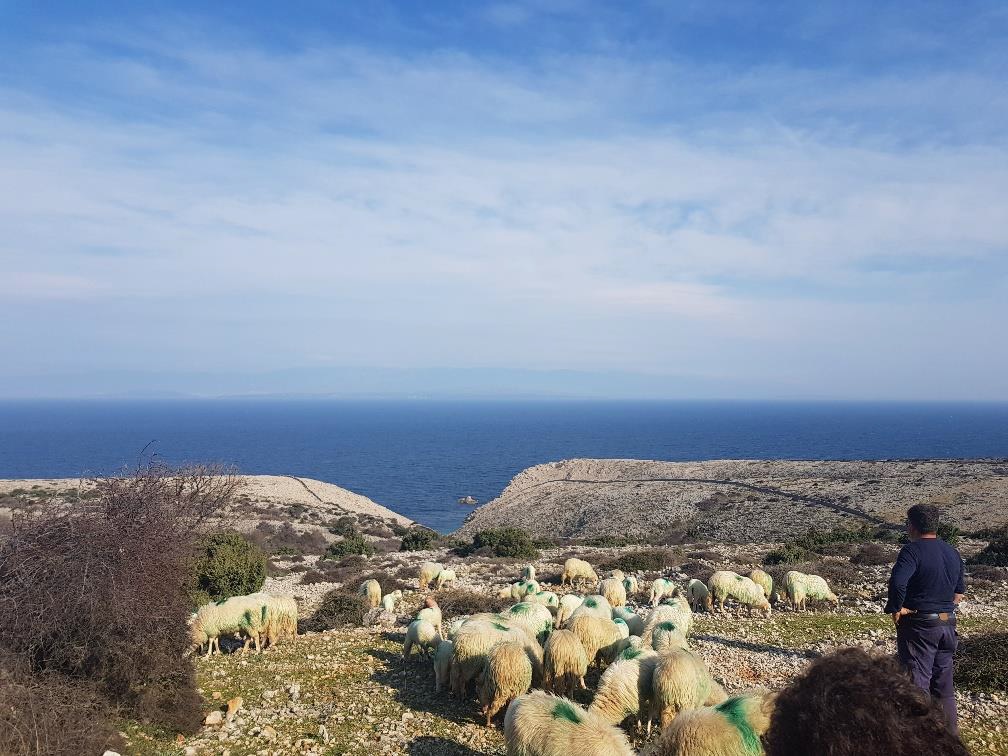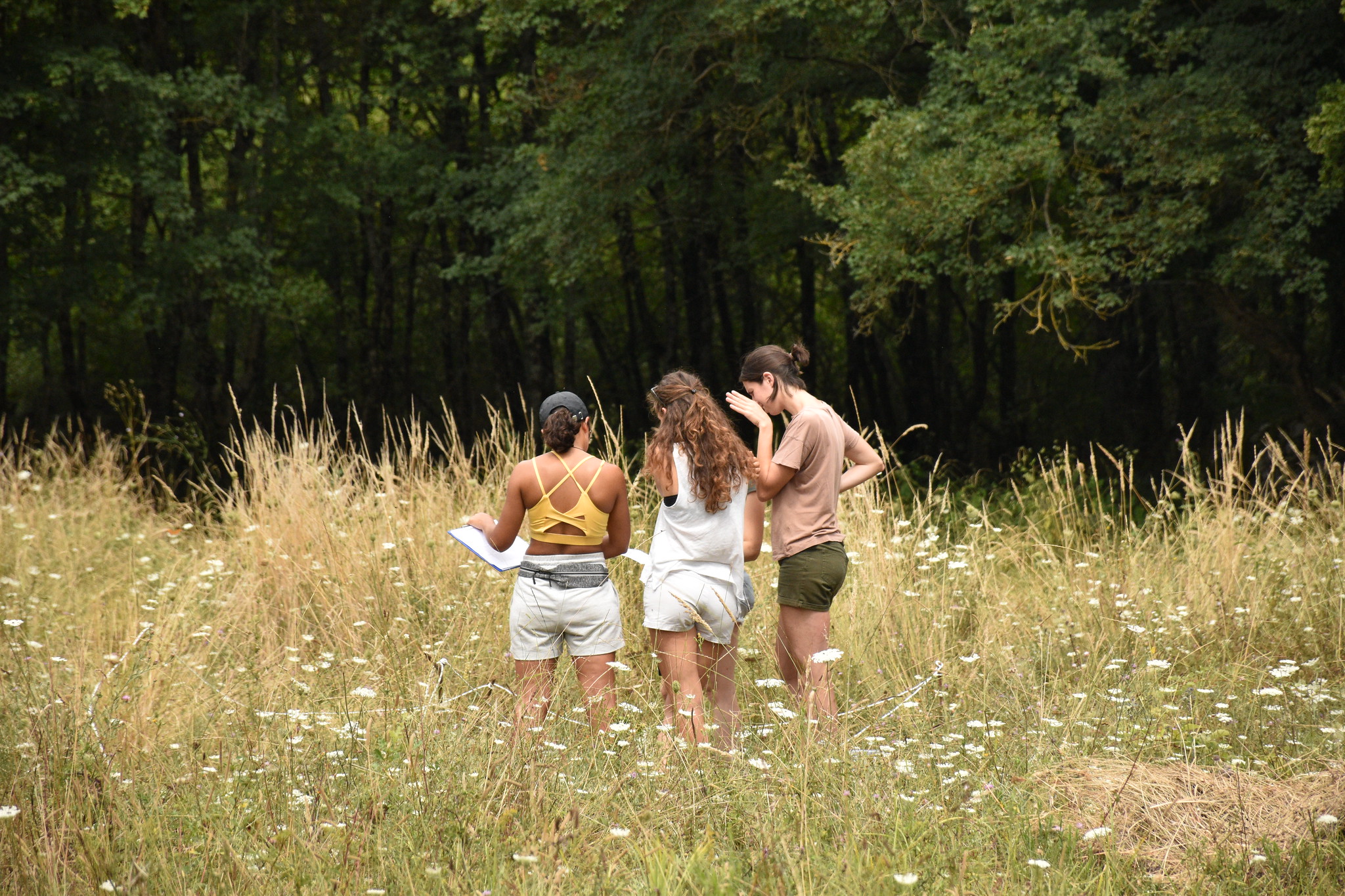The ornithological community, with the initiative of the Biom Association from Zagreb and the Croatian Society for the Protection of Birds and Nature from Osijek, has nominated three bird species this year to compete for Bird of the Year 2025.
All bird and nature enthusiasts, along with members of the general public, are invited to participate in the selection of Bird of the Year. Ornithologists from the Croatian Academy of Sciences and Arts (HAZU), the Croatian Society for the Protection of Birds and Nature (HDZPP), and the Biom Association each nominated a species for this year’s selection.
Participation in the Bird of the Year selection is open to the public, giving everyone who cares about the well-being of birds, their habitats, and the preservation of biodiversity in Croatia the opportunity to cast their vote for Bird of the Year 2025. How to participate? At the bottom is the voting form. Select one of the three nominated species by November 14, 2024.
The selected species are:
Kentish Plover
The Kentish plover is a small shorebird that inhabits low, open, and moist coastal habitats. This species is widely distributed, from western Denmark across the Mediterranean and Central Asia to Indonesia and Japan. Despite its wide range and large global population, the Kentish plover carries a story of local extinction in its English name. Named after Kent, the English county where it nested until the mid-20th century, the Kentish plover has only been seen in England since then as a rare, non-breeding visitor.
Increasing human disturbances near nesting sites, combined with global changes in climate and water regimes, historically reduced the abundance of this species, and for these same reasons, Kentish plover populations continue to decline today. In Croatia, it is found in several locations in northwestern Dalmatia and at the mouth of the Neretva River, with an estimated population of around twenty pairs.
Despite sometimes harmful encounters with humans, the Kentish plover offers scientists valuable insights into the variability of birds during nesting, mate selection, and habitat preference. This seemingly modest species now has the chance to be chosen as Bird of the Year, symbolizing the delicate balance of nature and the human responsibility to protect and understand it.
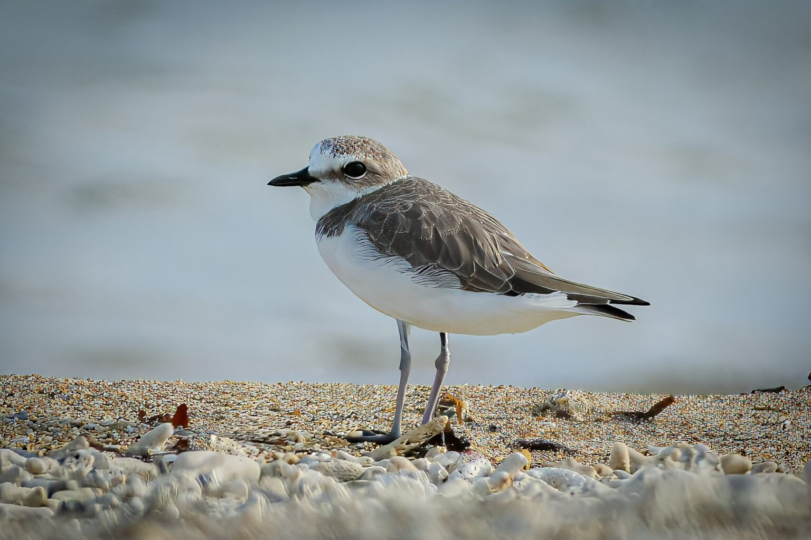
Author: Mangoat1, iNaturalist
Griffon Vulture
A large scavenger, can often be seen gliding in slow circles over the wider area of the Cres archipelago and Učka, searching for food. These sociable birds feed together on the carcasses of ungulates and nest in colonies, with lifelong pairs sharing responsibility for nest care and raising their young. In Croatia, their nesting sites are uniquely situated on steep cliffs above the sea, a rare and striking location for this species. Thanks to conservation efforts, the Griffon vulture population is slowly increasing. However, their current numbers remain only a fraction of their historical range, which once spanned central Croatia and Slavonia.
The decline in traditional livestock farming has reduced both food availability and the extent of suitable habitats. Additionally, threats such as electrocution and poisoning continue to endanger this species. Selecting the Griffon vulture as Bird of the Year would be a tribute not only to its majestic, slow flight across Croatia but also to the ongoing efforts dedicated to its conservation and recovery.
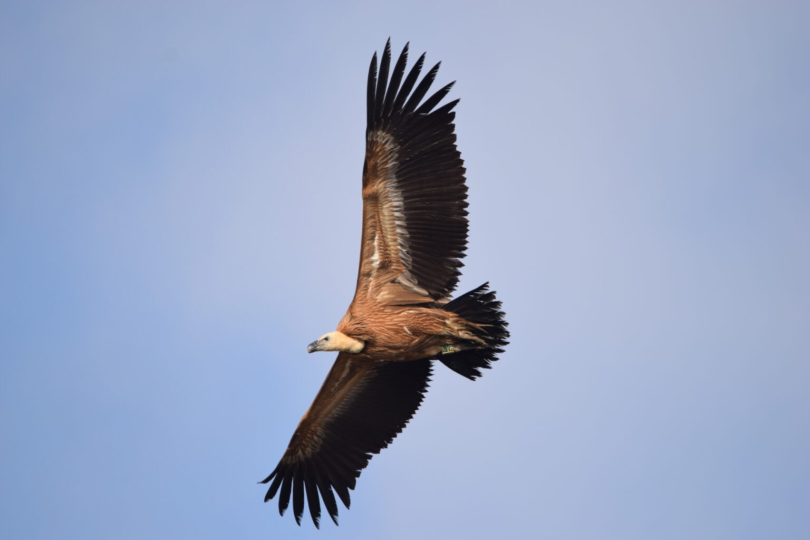
Author: Association Biom
Red-backed Shrike
The Red-backed Shrike, a summer resident in Croatia’s open agricultural landscapes, is known for its strikingly colored males, often spotted perched atop bushes. These males are recognizable by their distinctive black “mask” across the eyes and their reddish-brown plumage. Perching on prominent branches aids the shrike in spotting prey, aligning with the species’ most famous trait—predation. Red-backed Shrikes feed on insects, small birds, lizards, and rodents, often impaling surplus prey on thorny bushes. This unique behavior, which aids in territory marking and mate selection, is the reason the shrike’s genus, Lanius, is derived from the Latin word for “butcher.”
Like other Bird of the Year contenders, the Red-backed Shrike’s population is in decline. Habitat loss due to the abandonment of traditional farming practices and the increased use of pesticides has reduced suitable breeding areas. In some places, like England, breeding populations have disappeared entirely. Supporting the Red-backed Shrike as Bird of the Year would highlight the importance of preserving this species’ unique behavior and the biodiversity sustained through protection of nesting habitats.
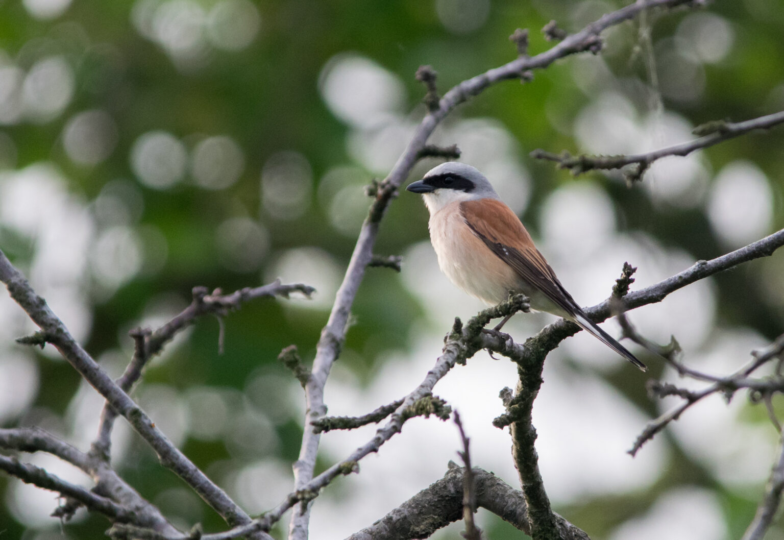
Author: Association Biom




